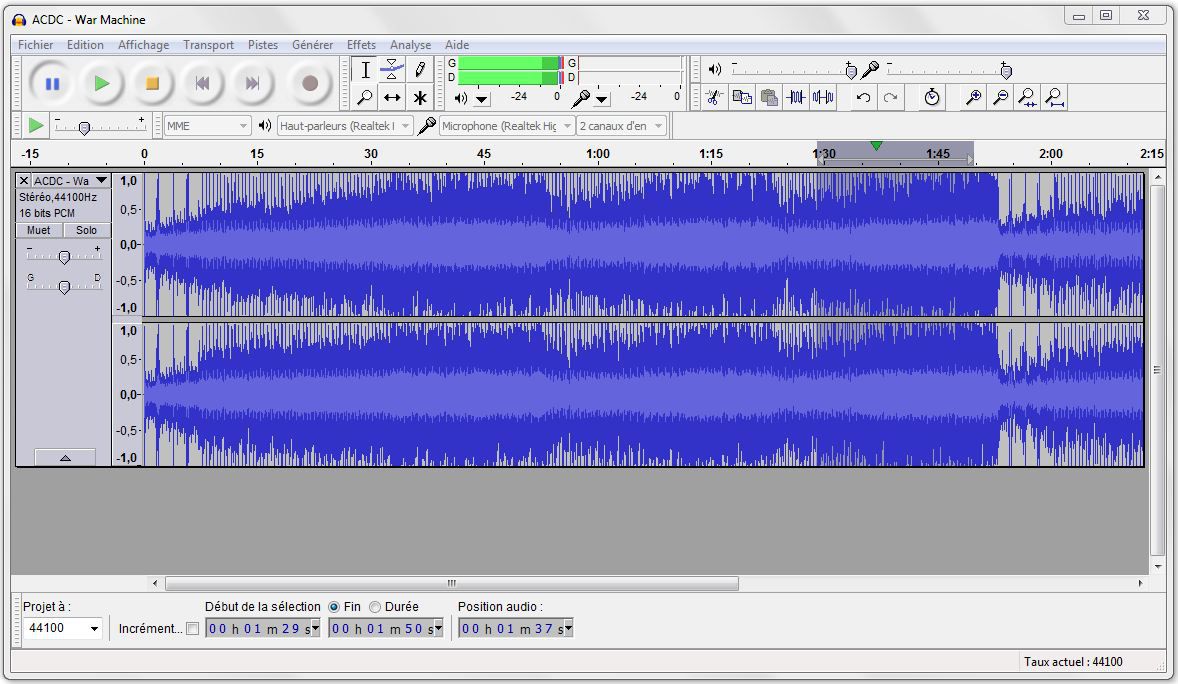

The packaging tool wraps the application installation files into the. The first step in deploying Win32 apps via Microsoft Intune is using the Microsoft Intune Win32 App Packaging Tool to pre-process Win32 apps. In this post I’ll show the configuration steps, followed by the end-user experience, when deploying a customized Adobe Reader DC app (including the latest patch). Not just from the perspective of the configuration options, but also from the perspective of the configuration challenges when the installation contains multiple files. Besides that, I’ll show in this post that the configuration looks a lot like deploying apps via ConfigMgr. I know that I’m not the first to blog about this subject, but I do think that this subject demands a spot on my blog. That takes away one of the biggest challenges when looking at modern management and Microsoft Intune. Lastly if you can live without file associations, the entire LMMS Program Files directory runs pretty much as a self-contained folder, so worst case you could XCOPY it to some machines, or use the PortableApps version which should run from removable media.Last week Microsoft announced the ability to deploy Win32 apps via Microsoft Intune during Microsoft Ignite. To modify the installers properly would normally require an Ubuntu build machine to hack away on, but we have tutorials which make the Ubuntu building process relatively painless if you decide to investigate that route. More information about silent installation can be found here:Īdditionally, our Windows installer is a pretty basic one, so you can probably pop out the relevant components and write and then offer your own WIX-Toolset MSI script, assign it a CMake target (switch), and then we could then incorporate into our codebase. Simply passing the /S is supposed to do the trick, but you'd have to have the ability to execute the EXE installer remotely.


 0 kommentar(er)
0 kommentar(er)
